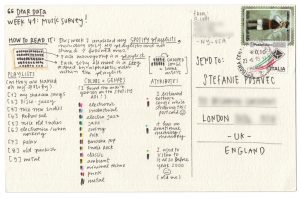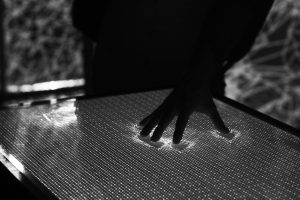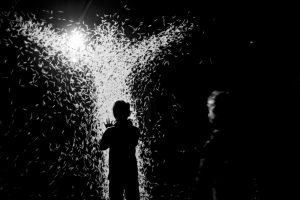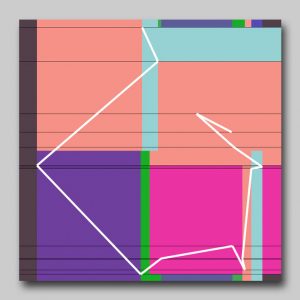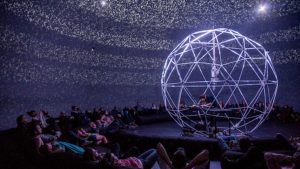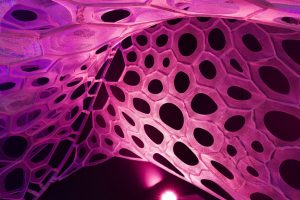//SunMin Kim
//Section E
//sunmink@andrew.cmu.edu
//project-07
// http://mathworld.wolfram.com/Epicycloid.html
function setup() {
createCanvas(480, 480);
frameRate(10);
}
function draw() {
background(139, 181, 115);
//drawing is moving in the center
translate(width/2, height/2);
//draw the curve
drawEpitrochoid();
}
function drawEpitrochoid() {
var nPoints = 500;
strokeWeight(1);
fill(86, 149, 204);
stroke(228, 213, 110);
var x;
var y;
var h = constrain(mouseY, 0, 480);
//radius of bigger ellipse
var a = mouseX / 2;
//radius of smaller ellipse
var b = mouseX / 400;
beginShape();
for(var i = 0; i < nPoints; i ++){
var t = map(i, 0, nPoints, 0, TWO_PI);
//epitrochoid equation (x position)
var x = (a + b) * cos(t) - h * cos (((a+ b)/b)*t);
//epitrochoid equation (y position)
var y = (a + b) * sin(t) - h * sin (((a+ b)/b)*t);
vertex(x, y);
}
endShape();
}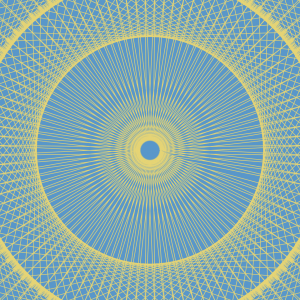
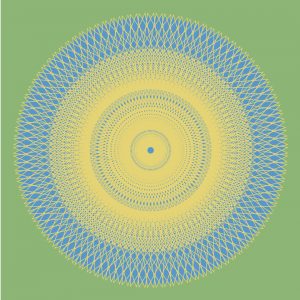
For this project, after reading the sample codes, I was excited to create art using various curves. Thus I took benefit of the formula provided in Wolfram Mathworld website and created this project. Throughout this project, I struggled the most when thinking about appropriate values for each variable. I feel good with the outcome that I successfully used each variable to display what I wanted to show.
![[OLD FALL 2017] 15-104 • Introduction to Computing for Creative Practice](../../wp-content/uploads/2020/08/stop-banner.png)

